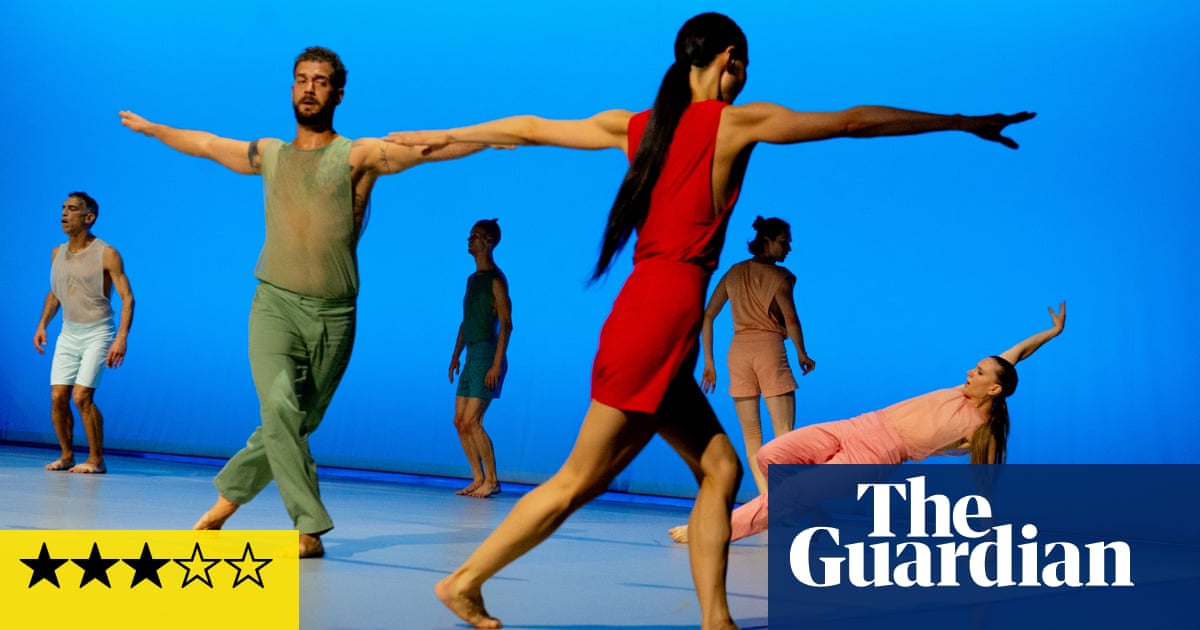Contemporary choreographers love minimalist music. Its rhythmic repetition, unceasing momentum and layering of phrases provides a useful framework for movement, as inLucinda Childs’ Danceset to Philip Glass andAnne Teresa de Keersmaeker’s Fase, to Steve Reich. Now German choreographer Sasha Waltz tackles Terry Riley’s seminal 1964 piece In C.
Riley had an interest in psychedelia and altering consciousness (it was the 60s after all) and this is music that can lead you to zone in or zone out, lose track of time or be vividly aware of every quaver. It’s built on 53 cells, like riffs, repeated as many times as the players choose, on any combination of instruments. Here they are played admirably by the London Sinfonietta as part of the Southbank’s cross-disciplinaryMultitudes festival.
In fact, the whole thing feels admirable. Waltz’s choreography, created in 2021, is a movement score with its own 53 figures and set of rules, a structured improvisation that has been performed in numerous permutations with professional and amateur dancers since its inception. Waltz intended her In C as an exercise in structuring communities, thinking about democracy, having agency within a group.
Waltz’s company of dancers are a delightfully diverse collection of bodies and ages and striking movers. You can see the atoms of the dance – a shoulder shrug, a head turn, a simple lunge and sweep of the arm – which build to make the work. Motifs emerge, fade or morph, as in the music, while groups form and disperse, dancers peeling off in new directions. It’s a huge feat of stamina, for players and dancers alike.
At first the body is open, the angles wide, the energy bright but easy. As the hour progresses, the palette expands. The result can feel purposeful or aimless; brief moments of unison are energising. It never feels less than controlled but as time goes on the world seems to deliberately fray: bodies lie down, spill off the stage, smiles are cracked – there’s a beautiful moment when dancer Jaan Männima comes face to face with another performer, suddenly moving in sync, and their face breaks into a spontaneous smile (of elation, relief, solidarity?) In a second you see the humanity not the algorithm, the community in action and the work come alive.
AtQueen Elizabeth Hall, London, until 30 April
